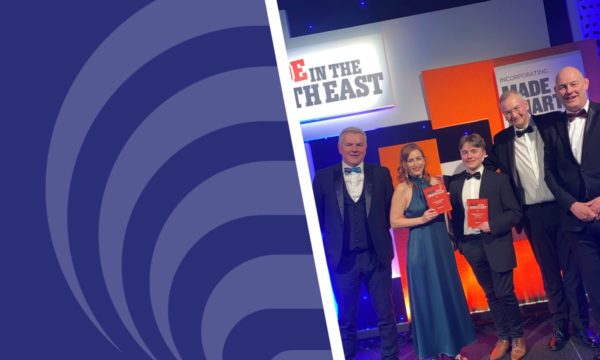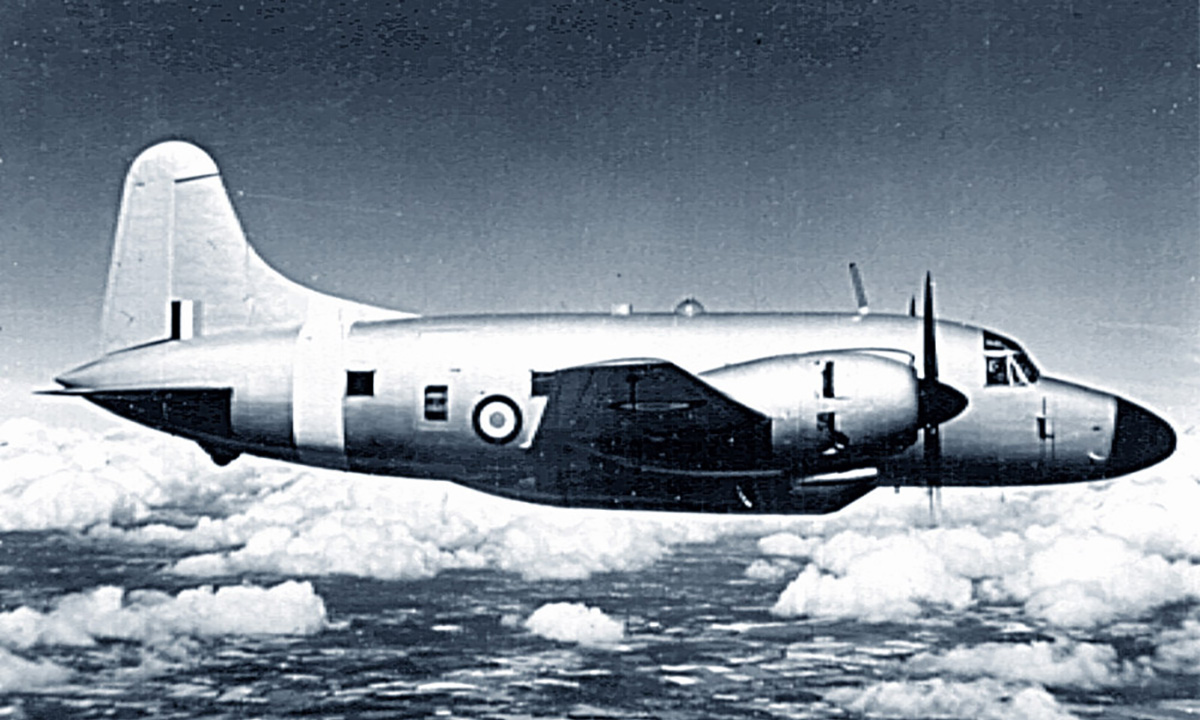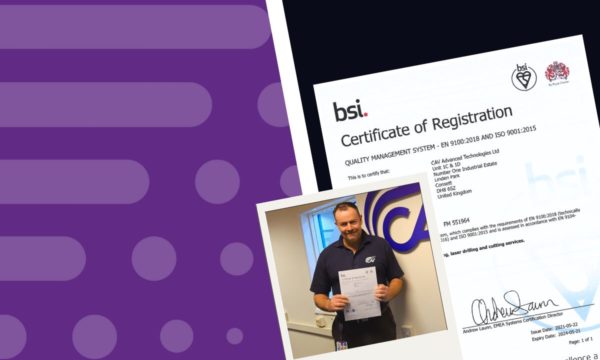

CAV, formerly known as TKS Ltd, was formed between Tecalemit, Kilfrost and Sheepbridge Stokes in 1942 by the UK Government’s Ministry of War to assist RAF Command tackle the issue of icing on a newly designed aircraft.
Kilfrost already produced de-icing pastes that were used on RAF aircraft leading edges but these didn’t work well or for long. De-icing boots which would inflate along the leading edge of a wing to break off ice were also not an option due to the new aircraft design.
The RAF objective was to fly low-level missions to achieve better accuracy in bombing, but this put them at levels where icing was more prevalent and at risk of hitting enemy barrage balloon cables.
Barrage balloons, which strung nets of steel cables in the air around targets, would essentially saw off the wings of low flying aircraft.
So the RAF fitted their bombers with armoured leading edges to deflect a cable hit towards a notch where there was an explosive cable cutter.
The installation of pneumatic boots would not allow for the sliding of cables along the leading edge and so TKS Ltd set porous sintered metal monel tubes into the leading edge armour plates that would enable de-icing fluid to seep through and spread back across the chord of the wing.
Although TKS was fitted to some Vickers Wellington and we believe, some Lancaster and Lincoln bombers, it saw limited WWII service but was installed on the Avro Shackleton derivative which remained in RAF service from 1951 until 1991.
WWII wartime bomber manufacturers diversified to produce civil versions of these aircraft and these were among the first civil applications of the TKS Ice Protection System (TKS).

The Wellington became the Vickers Viking and TKS was standard equipment used on the BEA Viking fleet (Vikings were in service from 1946 to 1960). And Avro produced the Tudor and York (using Lancaster wings). TKS strip systems were also used on the De Havilland Dove and on the Bristol Freighter.
As the sintered powder metal was prone to cracking, the system was redesigned with Rigidmesh skinned panels, made from layers (usually three) of woven stainless steel cloth. Rolled and then sintered to form a porous sheet with far superior mechanical properties, the new design was first introduced on the Twin Pioneer in 1953.
de Havilland’s development of the 125 business jet from 1961, saw them select TKS in favor of pneumatic boots, which were considered aerodynamically unacceptable for the Bristol Siddeley Viper turbojet.
Systems for several European aircraft types were designed and produced over the next decade including Shorts Skyvan, LET L410, Aerospatiale Corvette, VFW 614 and the Westland Sea King.
Work with NASA and McDonnell Douglas on applications of hybrid laminar flow control began in 1978 and CAV went on to develop techniques for production of laser perforated titanium. This replaced the Rigidmesh skinned panels of TKS and NASA’s Lewice codes for ice prediction were applied to the working of the panel to predict performance.
The first aircraft this was applied to was the Cessna Citation II/SP (Model S550) and the military 552 military T-47 variant c.1983.
Laser perforated titanium panels were also further utilized in several projects investigating applications of natural laminar flow, laminar flow control and a combination of the two, hybrid laminar flow control (HLFC).
The aim was to learn more about the aerodynamic processes and manufacturing challenges involved in the production of HLFC technologies, in order to alleviate aircraft drag for a reduction in fuel burn.
1989 - NASA and Boeing began HLFC flight tests for the 757 with CAV’s perforated titanium applied to the aircraft wing leading edges and calculations projected an overall drag reduction of 6% for the aircraft.
Airbus incorporated HLFC in the tail fin of the A320 for testing in 1990 and this became the first aircraft with HLFC to fly. HLFC was then tested in flight experience research on the Dassault Falcon 900 in 1992, which subsequently became the first aircraft with HLFC to be certified for normal operation.
1994 - CAV moved its UK headquarters and manufacturing facility from Annfield Plain Industrial Park to a new, larger location in Consett, County Durham, England.
Throughout the late 1990s and early 2000s HLFC research progressed and in 2006 Boeing began production of the 787 with HLFC technology applied to its tail fin.
To date HLFC has been included on approximately 500 Boeing 787 Dreamliners and calculations suggest that HLFC accounts for somewhere in the region of $300,000 savings on fuel cost and 1000 tonnes of CO2 per aircraft per annum.



